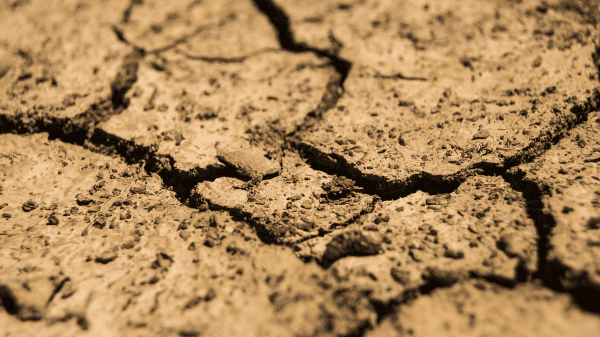Of late much of the media conversation about water use has focused on California, but Texas, with its own multiyear drought, faces similar pressures.
I thought I would check in with Dante Galeazzi, CEO/president of the Texas International Produce Association BB #:162361, about the situation in his state.

There has been “very little break in the drought,” Galeazzi says. “There were spring storms, but we only have onions and watermelons then.
“We have got to have the capacity for the full season,” he continues. “A lot of our crops are multi-month—100-120 days. We need more than a few thunderstorms.”
Texas growers face increased water competition from a number of sources, notably urbanization. The state gained 470,708 new residents in 2022, according to the U.S. Census Bureau.
“Developers are fighting ag,” says Galeazzi, a situation that is “driving a lot of the regulations in Austin,” the state’s capital.


Unlike California, where relations between agriculture and urbanites are often tense, in Texas “we don’t have finger shaking, saying, ‘Ag, you shouldn’t get water,’” Galeazzi notes. Instead “a lot of the conversation is about how do we divvy up the water? How does everyone get a fair shake? Who’s in line? It’s about people jockeying for position.”
“People understand that residents needs water, [and] ag needs water. Everyone is of that mind,” Galeazzi says. It’s a matter of “who gets it, when, and how much.”
But Galeazzi goes on to point out one likely and crucial shift in his state’s water picture. Although growers often have to face reduced supplies from their local irrigation districts, costs haven’t been a major factor.
At least not yet. “The cost of water has been consistent,” Galeazzi says. But “as water becomes less and less available, that is going to drive costs up,” especially since growers are already facing increases of 11-18 percent year over year in operating expenses. “When that cost of water begins to change in Texas, that is going to drive it up further.”
Growers have adapted by using water more efficiently, he adds, particularly drip and other forms of precision irrigation.
“A lot of guys moving to drip,” Galeazzi, says, or using “plastic or other substrates to retain moisture. Some are playing around with technologies like moisture sensors, but this is by no means widespread.”
Galeazzi describes a situation that is common to the produce industry nationwide: increased production costs that are not necessarily, or often, reflected in retail prices. The question is, he stresses, “how do we raise prices in the grocery store? There has to be profitability for everyone in the supply chain.”



